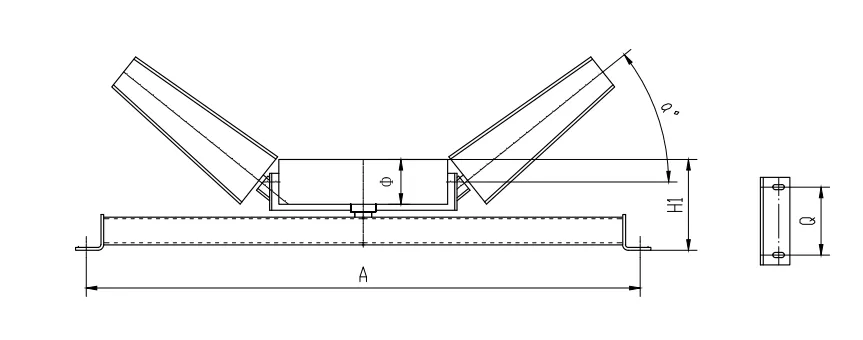 Afrikaans
Afrikaans  Albanian
Albanian  Amharic
Amharic  Arabic
Arabic  Armenian
Armenian  Azerbaijani
Azerbaijani  Basque
Basque  Belarusian
Belarusian  Bengali
Bengali  Bosnian
Bosnian  Bulgarian
Bulgarian  Catalan
Catalan  Cebuano
Cebuano  Corsican
Corsican  Croatian
Croatian  Czech
Czech  Danish
Danish  Dutch
Dutch  English
English  Esperanto
Esperanto  Estonian
Estonian  Finnish
Finnish  French
French  Frisian
Frisian  Galician
Galician  Georgian
Georgian  German
German  Greek
Greek  Gujarati
Gujarati  Haitian Creole
Haitian Creole  hausa
hausa  hawaiian
hawaiian  Hebrew
Hebrew  Hindi
Hindi  Miao
Miao  Hungarian
Hungarian  Icelandic
Icelandic  igbo
igbo  Indonesian
Indonesian  irish
irish  Italian
Italian  Japanese
Japanese  Javanese
Javanese  Kannada
Kannada  kazakh
kazakh  Khmer
Khmer  Rwandese
Rwandese  Korean
Korean  Kurdish
Kurdish  Kyrgyz
Kyrgyz  Lao
Lao  Latin
Latin  Latvian
Latvian  Lithuanian
Lithuanian  Luxembourgish
Luxembourgish  Macedonian
Macedonian  Malgashi
Malgashi  Malay
Malay  Malayalam
Malayalam  Maltese
Maltese  Maori
Maori  Marathi
Marathi  Mongolian
Mongolian  Myanmar
Myanmar  Nepali
Nepali  Norwegian
Norwegian  Norwegian
Norwegian  Occitan
Occitan  Pashto
Pashto  Persian
Persian  Polish
Polish  Portuguese
Portuguese  Punjabi
Punjabi  Romanian
Romanian  Russian
Russian  Samoan
Samoan  Scottish Gaelic
Scottish Gaelic  Serbian
Serbian  Sesotho
Sesotho  Shona
Shona  Sindhi
Sindhi  Sinhala
Sinhala  Slovak
Slovak  Slovenian
Slovenian  Somali
Somali  Spanish
Spanish  Sundanese
Sundanese  Swahili
Swahili  Swedish
Swedish  Tagalog
Tagalog  Tajik
Tajik  Tamil
Tamil  Tatar
Tatar  Telugu
Telugu  Thai
Thai  Turkish
Turkish  Turkmen
Turkmen  Ukrainian
Ukrainian  Urdu
Urdu  Uighur
Uighur  Uzbek
Uzbek  Vietnamese
Vietnamese  Welsh
Welsh  Bantu
Bantu  Yiddish
Yiddish  Yoruba
Yoruba  Zulu
Zulu conveyor belt roller types
Understanding Conveyor Belt Roller Types
Conveyor belt systems are vital components in various industries, playing a crucial role in the efficient transport of materials and goods. A key part of these systems is the conveyor belt roller, which facilitates movement along the conveyor. Selecting the right type of roller is essential for ensuring optimal performance, durability, and cost-effectiveness. In this article, we will explore the different types of conveyor belt rollers, their applications, and considerations for selection.
Types of Conveyor Belt Rollers
1. Idler Rollers Idler rollers are the most common type of conveyor belt rollers. They are used to support the conveyor belt and help maintain its alignment. Idler rollers come in several designs, including flat, crowned, and grooved. Flat idler rollers are ideal for standard applications, while crowned rollers help keep the belt centered by preventing shifting. Grooved rollers are often used in applications where additional grip is required, helping to prevent slippage.
2. Drive Rollers Drive rollers are the rollers that provide the necessary power to move the conveyor belt. They are typically powered by an electric motor and are designed to transmit this power to the belt efficiently. Drive rollers are crucial in applications involving heavy loads or steep inclines. Selecting the right size and type of drive roller is essential to ensure that the conveyor system can handle the intended load without excessive wear or failure.
3. Return Rollers Return rollers are designed to support the return pathway of the conveyor belt. As the belt returns to its starting point, return rollers help maintain tension and alignment. These rollers are usually smaller than drive or idler rollers and are often positioned in a layout that minimizes friction and wear on the belt. Using return rollers appropriately can prevent unnecessary damage and prolong the life of the conveyor system.
4. Wing Rollers Wing rollers feature a unique design with angled surfaces that help deflect or guide the belt. They are often used in applications where the conveyor belt moves around a curve or turns. Wing rollers are beneficial in reducing friction and wear while maintaining proper belt alignment. They can also contribute to improved efficiency by enhancing material flow on the conveyor.
5. Impact Rollers Impact rollers are specifically designed to absorb shock and reduce the impact on the conveyor belt during material loading. These rollers are commonly used in loading zones where heavy materials are deposited onto the conveyor. By minimizing impact stress, these rollers help protect the conveyor belt from damage and extend its lifespan. The use of impact rollers is critical in industries dealing with heavy, abrasive materials, such as mining and construction.
Considerations for Selecting Conveyor Rollers
conveyor belt roller types

When selecting conveyor belt rollers, several factors should be taken into account to ensure that the right type is chosen for the application
- Load Capacity Different rollers have varying load capacities. It is vital to select rollers that can withstand the expected weight of the materials being transported without compromising performance or safety.
- Material Compatibility The materials used to manufacture the rollers, such as steel or plastic, can affect durability and resistance to various environmental factors. Consider the operating conditions, such as temperature extremes, moisture, and exposure to chemicals.
- Belt Specifications The type and width of the conveyor belt play a significant role in selecting the appropriate rollers. Ensuring compatibility between the belt and rollers is essential for effective operation.
- Maintenance Requirements Some roller types require more maintenance than others. Assess the amount of upkeep that can be realistically provided to choose rollers that fit the maintenance capabilities of the facility.
- Cost Efficiency Balancing initial costs with long-term maintenance and replacement costs can help in making an informed decision. Investing in high-quality rollers may reduce overall operational costs in the long run by minimizing downtime and repairs.
Conclusion
Understanding the various types of conveyor belt rollers and their respective applications is crucial for optimizing conveyor systems. By carefully selecting the right rollers based on specific operational needs, industries can enhance efficiency, reduce downtime, and increase the overall lifespan of their conveyor belts. Making informed decisions regarding conveyor rollers can lead to improved productivity and cost savings in the long term.
-
Revolutionizing Conveyor Reliability with Advanced Rubber Lagging PulleysNewsJul.22,2025
-
Powering Precision and Durability with Expert Manufacturers of Conveyor ComponentsNewsJul.22,2025
-
Optimizing Conveyor Systems with Advanced Conveyor AccessoriesNewsJul.22,2025
-
Maximize Conveyor Efficiency with Quality Conveyor Idler PulleysNewsJul.22,2025
-
Future-Proof Your Conveyor System with High-Performance Polyurethane RollerNewsJul.22,2025
-
Driving Efficiency Forward with Quality Idlers and RollersNewsJul.22,2025





























